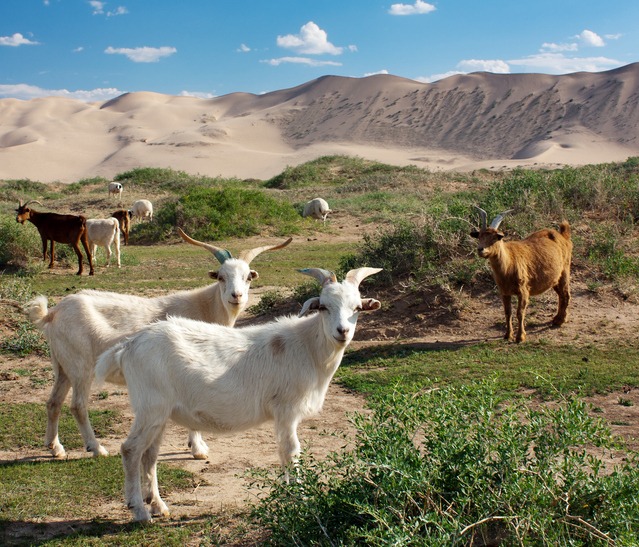When you think of Chinese cuisine, cheese might not be the first thing that comes to mind, yet the creamy textures of Rushan from Yunnan Province tell a different story. This guide takes you through the hidden journey of Chinese cheeses, beyond the common stereotypes. It reveals the diversity from the grassy plains of Inner Mongolia to the modern innovations shaping the cheese scene today. With historical insights and expert opinions, you’re invited to explore how these cheeses are not just surviving but thriving. What you’ll discover may just change your perspective on Chinese culinary traditions.
Key Takeaways
- Chinese cheese traditions stem from nomadic cultures, offering unique flavors and techniques.
- Regional varieties like Ru Shan and Chura highlight China’s diverse cheese-making heritage.
- Modern Chinese cheeses blend traditional methods with innovative ingredients, expanding culinary uses.
- The evolution of Chinese cheese includes pairing with teas and fruits, showcasing its versatility beyond common perceptions.
Historical Roots of Chinese Cheese
Exploring the historical roots of Chinese cheese reveals a past where its consumption was mainly limited to nomadic tribes, highlighting a complex interplay of social stereotypes and dietary practices. In parts of China, cheese wasn’t simply food; it was a marker of cultural identity that often separated the mainstream Han Chinese from the nomadic groups living at the fringes of society. You’d find that eating cheese was tangled with perceptions of an unsavory lifestyle, unfairly branding those who consumed it.
The traditional view of cheese as unappealing in East Asian culture wasn’t just about taste. It was rooted in deeper issues. Historical constraints played a significant role. Limited animal resources meant that dairy products, including cheese, weren’t as accessible in parts of China. Additionally, high rates of lactose intolerance among the Chinese population added another layer of complexity, discouraging cheese’s integration into the broader culinary landscape.
This aversion to cheese in Chinese cuisine wasn’t merely a matter of preference. It was the result of a complex web of social, economic, and biological factors that shaped dietary habits across different parts of China.
Regional Varieties Explored
Despite the historical aversion to cheese in broader Chinese cuisine, various regions within the country celebrate a rich diversity of local cheeses. Yunnan Province, for instance, offers cheeses like ru shan, ru bing, and thi made from yak milk, each boasting unique textures that reflect the region’s culinary uniqueness. Similarly, the Tibetan Autonomous Region is home to cheeses such as chura, chuship, and bhatsa marku, which are integral to Tibetan holiday dishes, showcasing the cultural significance of cheese in local festivities.
Xinjiang stands out for its ancient cheeses derived from a variety of animal milks, including horse milk, alongside the Uyghur-produced kurut. These cheeses not only offer a glimpse into the region’s dietary practices but also its historical ties to cheese-making traditions. Inner Mongolia, on the other hand, preserves traditional Mongolian cheeses made from yaks, sheep, goats, and horses. These cheeses, designed to last through the winter, underscore the adaptability and resilience of nomadic herders who, while relying on traditional methods of cheese-making, have shifted to small factories for production with milk tofu as a base.
The Making of Chinese Cheese
In China, the cheese-making process merges tradition with innovation, utilizing milk tofu as a versatile base for crafting a variety of unique flavors and shapes. You’ll find that the journey from milk to cheese has evolved greatly. Originally, nomadic herders were the primary cheese-makers, using their knowledge passed down through generations. Nowadays, this craft has shifted into small factories located even in urban settings, blending the old with the new.
Modern Chinese cheese-makers don’t shy away from experimenting. They’re introducing dried fruits and other innovative ingredients into their cheeses, pushing the boundaries of traditional Chinese cheese-making. The result? A fascinating array of cheeses that are as diverse in flavor as they are in shape.
To give you a clearer picture, here’s a look at how traditional and modern methods come together in Chinese cheese-making:
| Traditional Aspect | Modern Twist | Result |
|---|---|---|
| Milk tofu as a base | Innovative shapes and flavors | Diverse cheese varieties |
| Nomadic herder techniques | Urban production in small factories | Increased cheese production |
| Generationally passed knowledge | Incorporation of new ingredients | Enhanced taste and variety |
| Hand-made processes | Blend with modern technology | Unique flavors and textures |
This blend of the old and the new is what makes Chinese cheeses truly stand out.
Pairing and Culinary Uses
You’ll often find that Chinese cheeses, with their unique flavors and textures, make perfect pairings for a variety of dishes and drinks. Whether you’re exploring the savory world of traditional Japanese cuisine or simply looking for a new way to enjoy your favorite snacks, there’s a Chinese cheese suited for the occasion.
- Ru Shan and Ru Bing: These cheeses are ideally paired with fruits and nuts, offering a sweet and savory flavor combination that’s hard to resist. Whether you’re enjoying a simple snack or looking to impress guests at your next gathering, these cheeses bring an unexpected delight to the palate.
- Tibetan Cheeses: Including chura and bhatsa marku, these are staples in traditional Tibetan dishes such as tsampa and momo. Their unique flavors enhance the taste of these beloved recipes, adding a depth of flavor that complements the rich spices and ingredients.
- Versatility with Beverages: Milk tofu-based cheeses are not just for eating; they pair wonderfully with Chinese teas, creating a unique and delightful culinary experience. This combination, bridging the gap between solid and liquid, invites a moment of tranquility and pleasure, reminiscent of traditional Japanese tea ceremonies but with a distinct Chinese twist.
Modern Innovations and Trends
Modernization has ushered in a new era for Chinese cheese production, shifting from traditional nomadic methods to innovative practices in small factories. This transformation isn’t just about changing locations—it’s revolutionizing the way cheese is made. By adopting milk tofu as a versatile base, cheese makers are now able to explore a wide array of shapes and flavors, pushing the boundaries of conventional cheese making.
Innovation doesn’t stop with new shapes and tastes. Chinese cheese producers are blending age-old techniques with modern approaches, ensuring that tradition still plays a crucial role in the cheese-making process. This fusion approach allows for the creation of cheeses that are not only unique in flavor but also in appearance, incorporating elements like dried fruits to craft cheeses that truly stand out.
What’s fascinating is how milk tofu, a simple ingredient, has become central to making cheese in this new era. It’s a sign of the creativity and adaptability of Chinese cheese makers, who are continually finding ways to marry tradition with innovation. As you explore the world of Chinese cheeses, you’ll discover that modernization has not diluted the rich cultural heritage of cheese making but has rather enriched it, offering an exciting array of flavors and forms to savor.
Conclusion
You’ve ventured beyond the stereotypes to discover the rich, diverse world of Chinese cheeses. From the creamy textures of Yunnan’s ru shan and ru bing to the hearty Mongolian varieties, you’ve seen how tradition meets innovation. Whether you’re pairing them with local dishes or exploring modern twists, Chinese cheeses offer a unique culinary journey. Embrace the evolving landscape and let the fusion of flavors and techniques inspire your palate.





